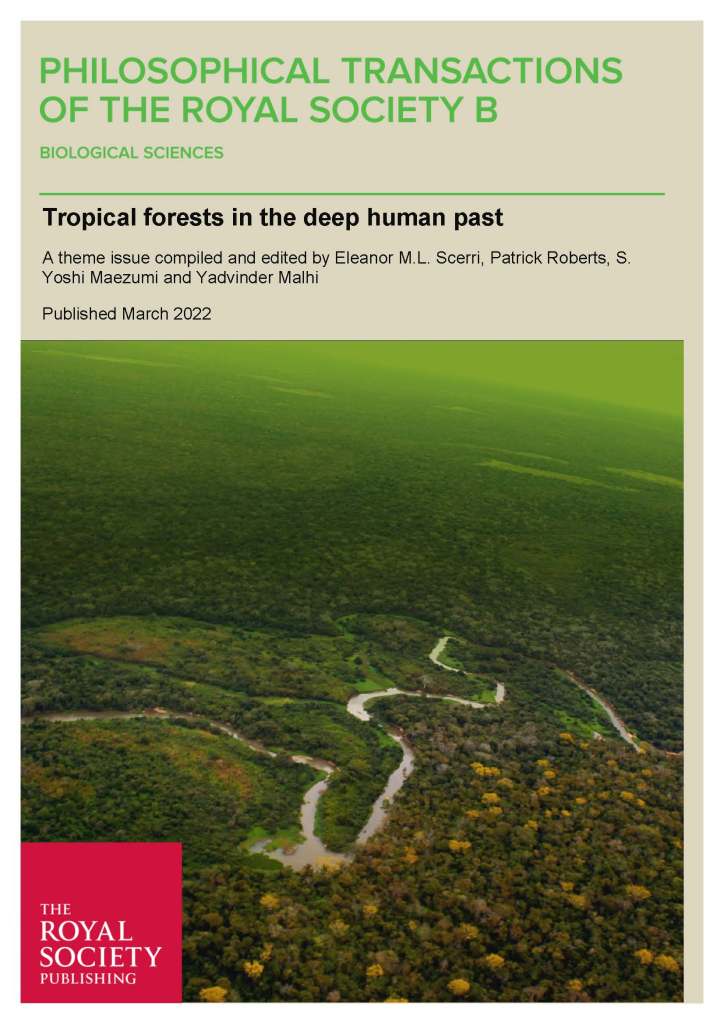Ludgate, N. (2014) Organic matter preserved in cave sediments: A new environmental proxy. PhD thesis, Department of Environment, Earth & Ecosystems, The Open University.
Abstract
Exploring new terrestrial archives to investigate past climate and the resultant impact on ecosystems is key to assessing changing climate within large continents, where major records are limited. This study presents the first comprehensive geochemical investigation of clastic cave sediments, a previously under-explored field, demonstrating the effective use of caves as an environmental archive, and recovering useable records of moisture and vegetation regime within the complicated monsoonal system of South East Asia.
Clastic cave sediments were recovered from a 2.4 m deep archaeological trench covering ~24 ka to ~12 ka within Hang Trõng, Vietnam. Clay mineral, bulk carbon, pollen, terrestrial snail shells and plant-derived lipid biomarkers were analysed to provide a multi-proxy approach. No diagenetic alteration was found below 20 cm despite clay mineral and bulk carbon δ13C analysis demonstrating microbial action and weathering of surface sediments. As previously observed in cave sediments, poor preservation lead to limited pollen recovery, however δ13C values from CSIA and shell carbonate indicates C3 vegetation persisted around the cave during the last glacial maximum.
The time-series δ18O record from recovered shells shows clear fluctuations corresponding to global climatic events including the LGM and Heinrich 1. It is hypothesised that these reflect moisture availability, with heavier isotopic values indicating drier periods. Most higher plant lipid biomarkers provide evidence for a stable forest composition, however a shift in n-alkane lipid from C31 to C27 can also be linked with the Heinrich 1 event. The warm Greenland interstadial 1 event is also expressed within the record by low δ18O shell values attributed to more available moisture and higher bulk δ13C values, which indicate greater micro-organism action.
Hang Trõng’s multi-proxy record adds to a growing body of evidence demonstrating the importance of global teleconections when assessing the impact of climate change on monsoons and local vegetation. The data collected here proves clastic cave sediments can hold valuable climatic proxies; something which is of especial importance as palaeoenvironmental archives rely on limited capture and preservation for long term environmental records.
Supervisors: Dr. Alison Blyth (The Open University/Curtin University), Dr. William D. Gosling , and Dr. Iain Gilmore (both The Open University)
Examined by: Prof. Frank McDermot (University College Dublin), and Dr. Victoria Pearson (The Open University).
To borrow a copy from The Open University Library click here.


